Research
Search our website
Search our website by entering a keyword or choose a database above to search specifically.
Search
Showing search results 3,911 - 3,920
14,716 results found
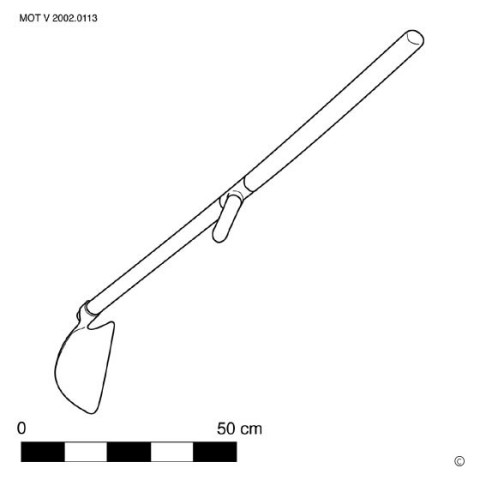
Peat scyte
This text can only be consulted in Dutch
<https://www.mot.be/resource/Tool/peat-scyte?lang=nl>
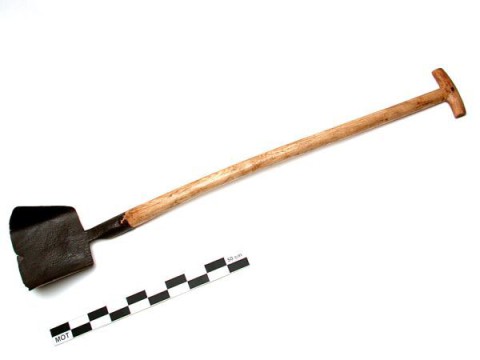
Peat spade
After the field has been mowed with the peat scythe or toothed sickle and
the turf removed with the paring spade, the peat-cutter uses the peat spade
to cut peat, which after drying is used as fuel or fertilizer. It is an
iron blade spade (approx. 15 x 20 cm), with one or two raised edges, which
is slightly curved (approx. 10-25 °) in relation to a knob or T-handle
(75-120 cm) ). The cut of the blade can be straight or pointed and, like
the spade, is inserted vertically (1) (approx. 20-25 cm) into the ground.
The result is a clod in the shape of a parallelepiped (approx. 20 x 15 x 10
cm). The raised edges serve, in addition to cutting the peat, to keep the
clod together. [MOT] (1) A spade is used to cut peat horizontally. (HOVE:
23; BORCHGREVINK: 70).
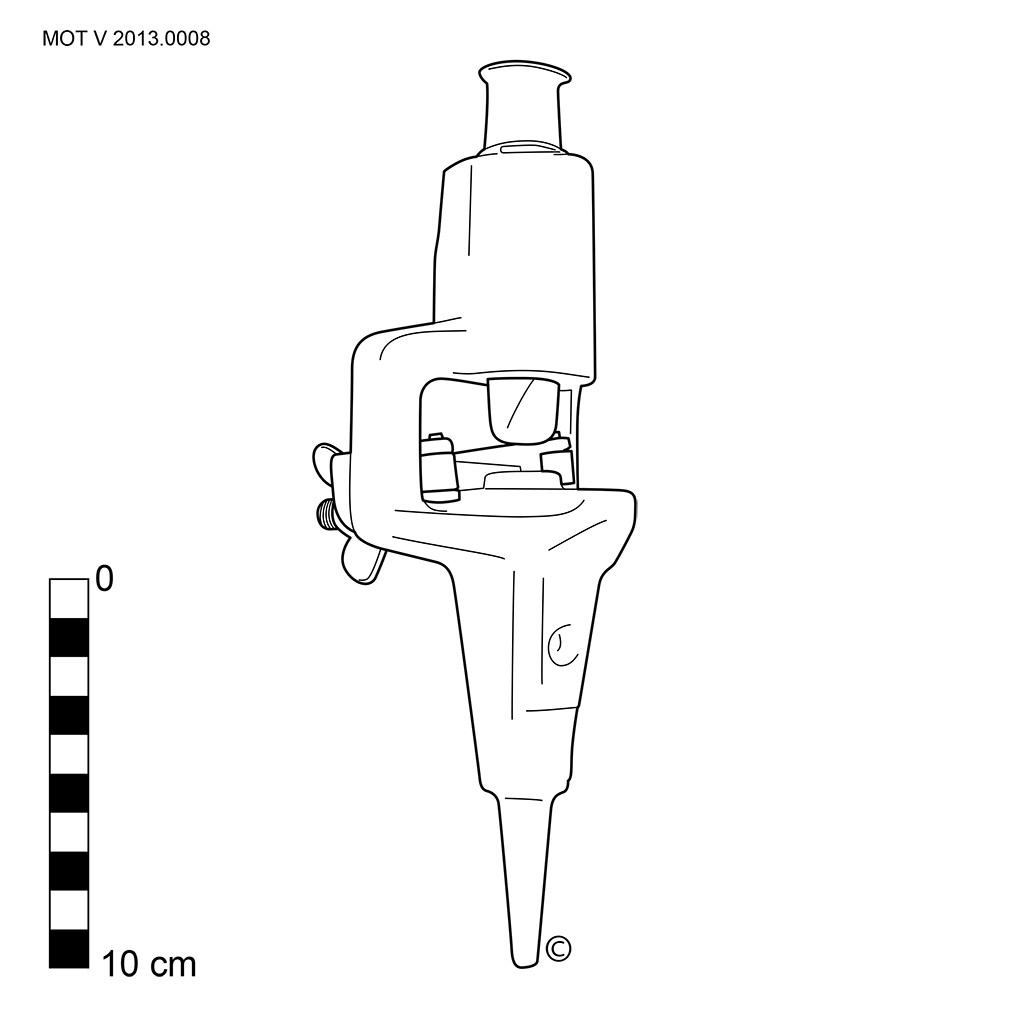
Peening machine
This text can only be consulted in Dutch. This device is used to sharpen
the scythe or Flemish scythe blade on the same principle as the whetting
anvil and the whetting hammer, but it works faster and easier. [MOT]
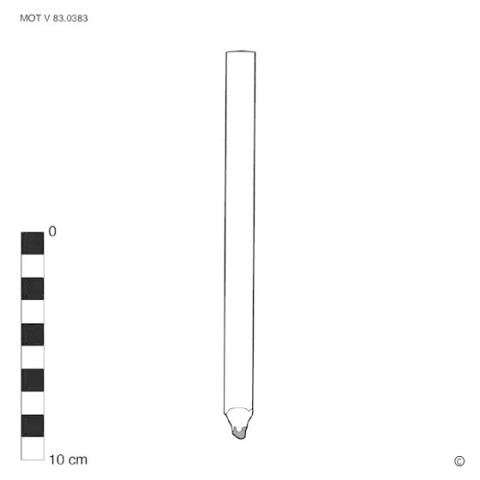
Pencil
This text can only be consulted in Dutch
<https://www.mot.be/resource/Tool/pencil?lang=nl>
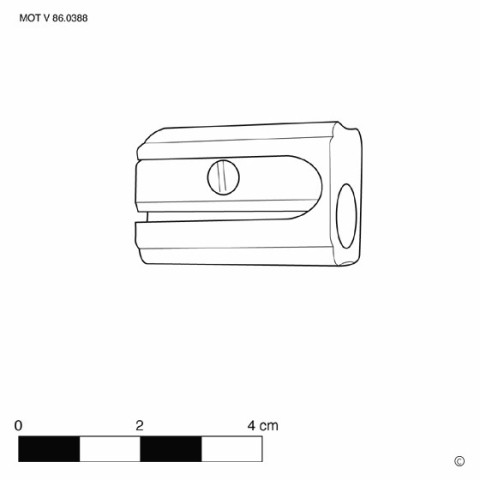
Pencil sharpener
This text can only be consulted in Dutch
<https://www.mot.be/resource/Tool/pencil-sharpener?lang=nl>
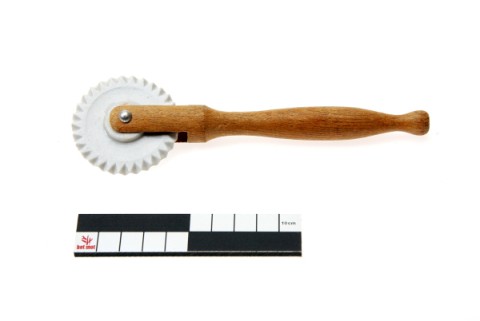
Pastry cutting wheel
This text can only be consulted in Dutch
<https://www.mot.be/resource/Tool/pastry-cutting-wheel?lang=nl>
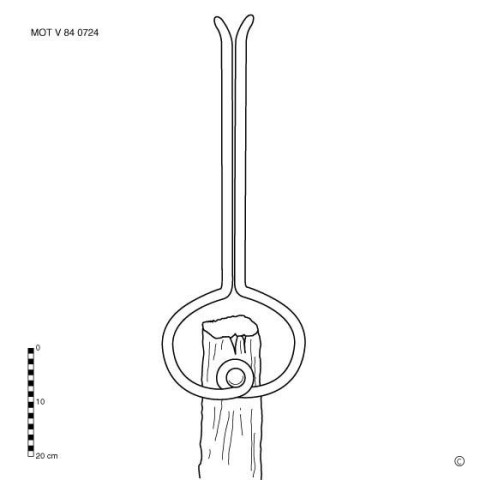
Peeling brake
This text can only be consulted in Dutch
<https://www.mot.be/resource/Tool/peeling-brake?lang=nl>
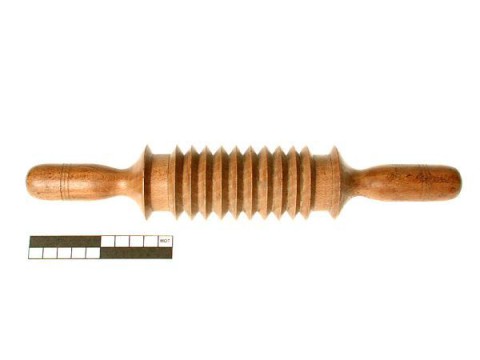
Paste rolling pin
This text can only be consulted in Dutch
<https://www.mot.be/resource/Tool/paste-rolling-pin?lang=nl>
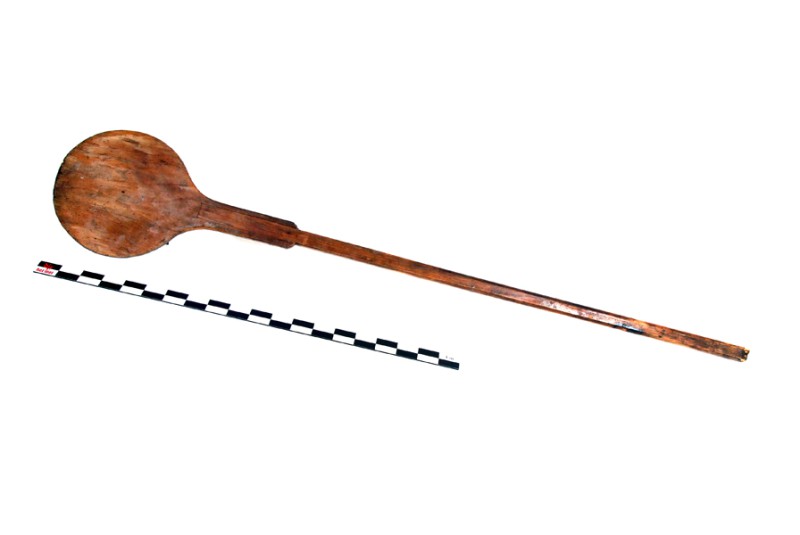
Peel
An oven peel is a wooden or metal hand tool (approx. 175-265 cm long) with
an oval or rectangular blade (approx. 15-35 cm wide) on a long handle with
which the baker used to oven the bread. The handle is long so that you can
reach the back of the oven. [MOT]
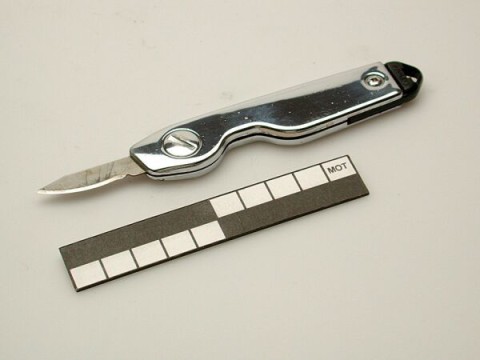
Penknife
The penknife originally served to cut the tip of a quill pen and to scrape
away ink stains from parchment or paper, like an eraser knife. It has a
narrow, sharp blade measuring between 2.5 cm and 4.5 cm in length. The
penknife is now usually a cutting knife, exceptionally with a replaceable
blade, which is used for all kinds of purposes, including as a nail knife.
A light (approx. 10 g) model, from the Christy Company, contains a blade
that can be slid into the handle in four positions to determine the length
of the blade. In addition to the large blade, many pocket knives also have
a small sharp blade that is used as a pen knife. Not to be confused with
the scalpel. [MOT]
